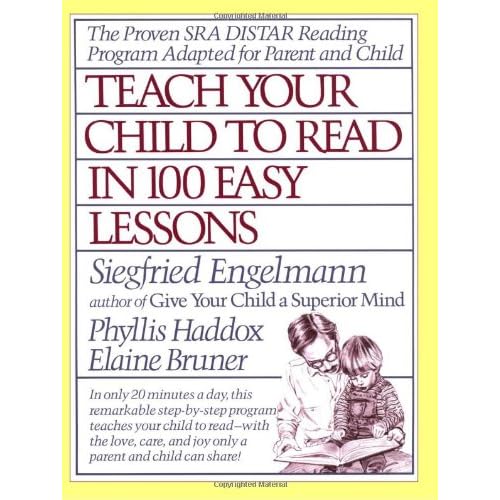Although I am not adverse to sharing my age, I never tell them directly. Instead I make some sort of math problem which has an answer that is equal to my age. Sometimes I even try to throw in a pattern or some number series, if possible.
Here is this year's birthday equation:
(3 x 4) + 5 + 6 + 7 + 8
Then, whenever a student has figured it out, I will tell him or her not tell until tomorrow, so everyone has a chance to figure it out. Who knows if they do, but they do have meaningful discussions about the numbers. My birthday equation 2 years ago looked like this:
1 + 2 + 3 + 4 + 5 + 6 + 7 + 8
(1 x 2 x 3) + 4 + 5 + 6 + 7 + 8
(2 x 3) + 4 + 5 + 6 + 7 + 8
One year, I had the students take a few minutes and see how many problems they could write with my age as the correct answer. This was a meaningful task for all as the students would work at their own level, and each could have a correct answer. We posted them on the board and a number of students added new ones throughout the day.
How do you celebrate your birthday?





